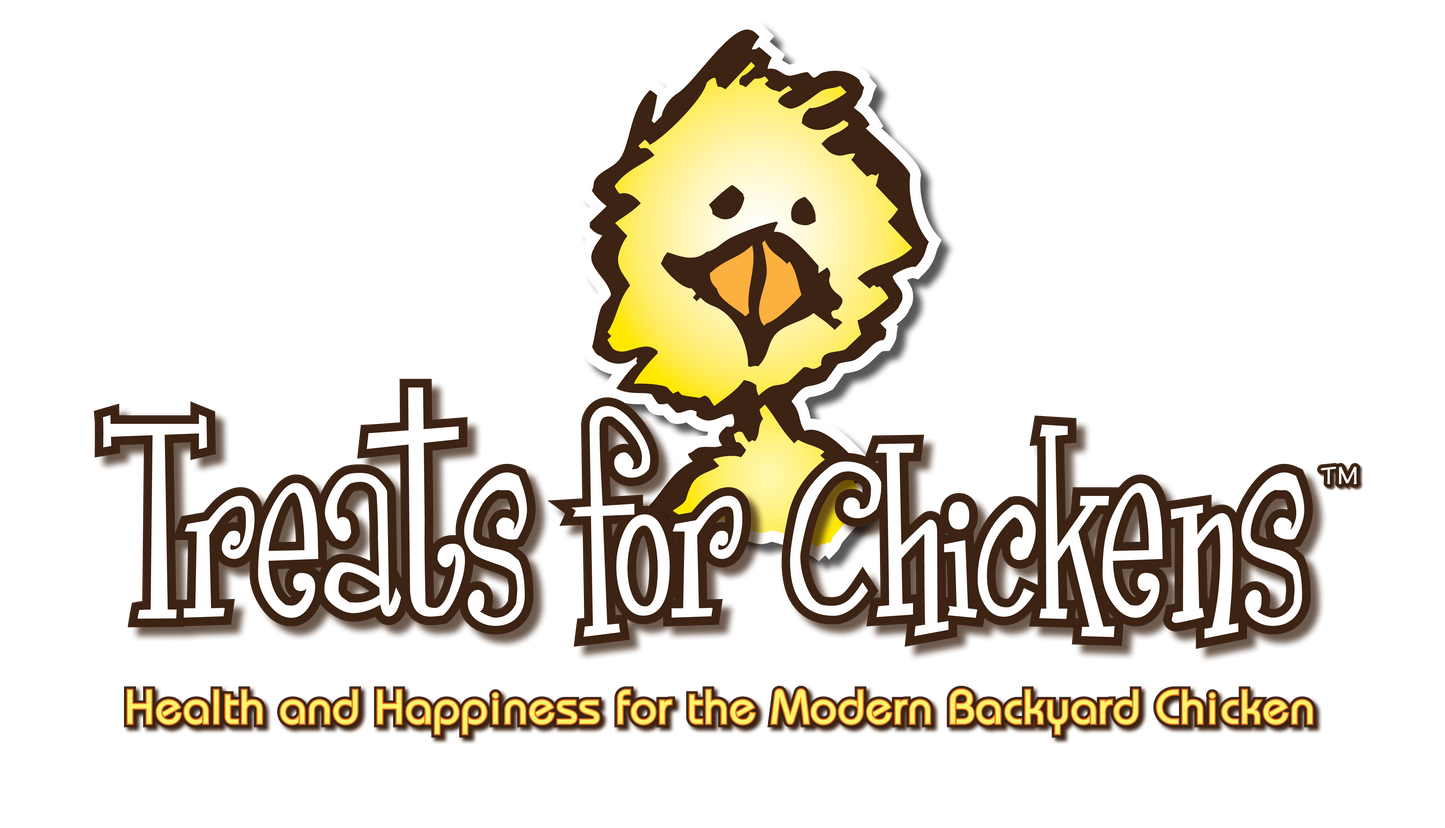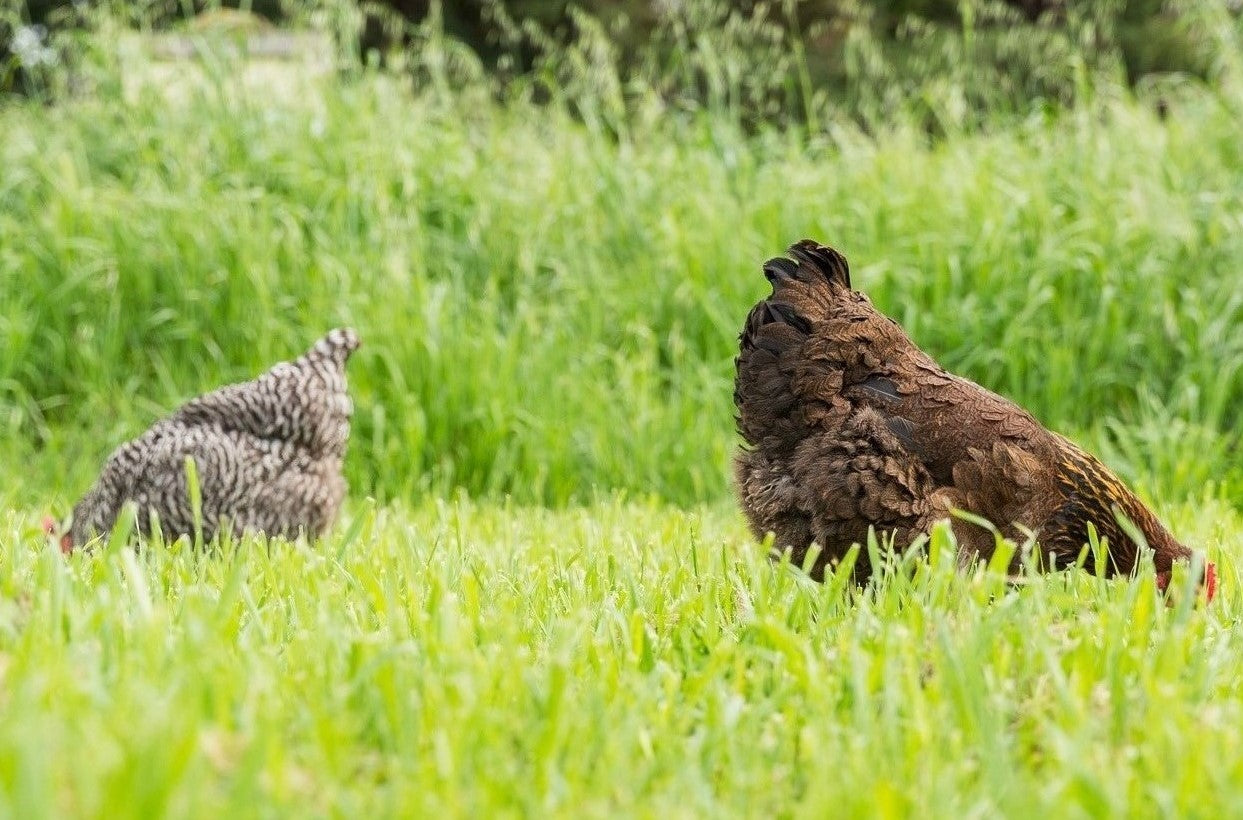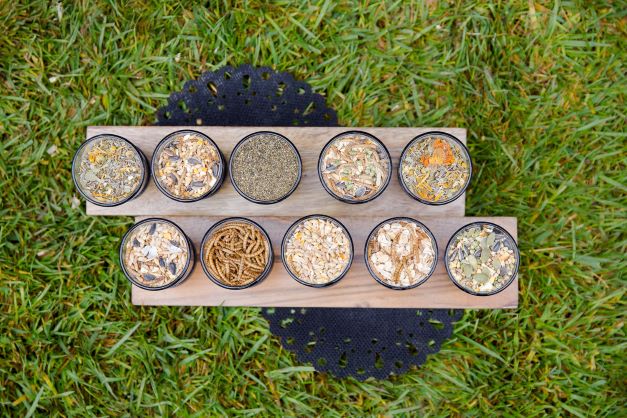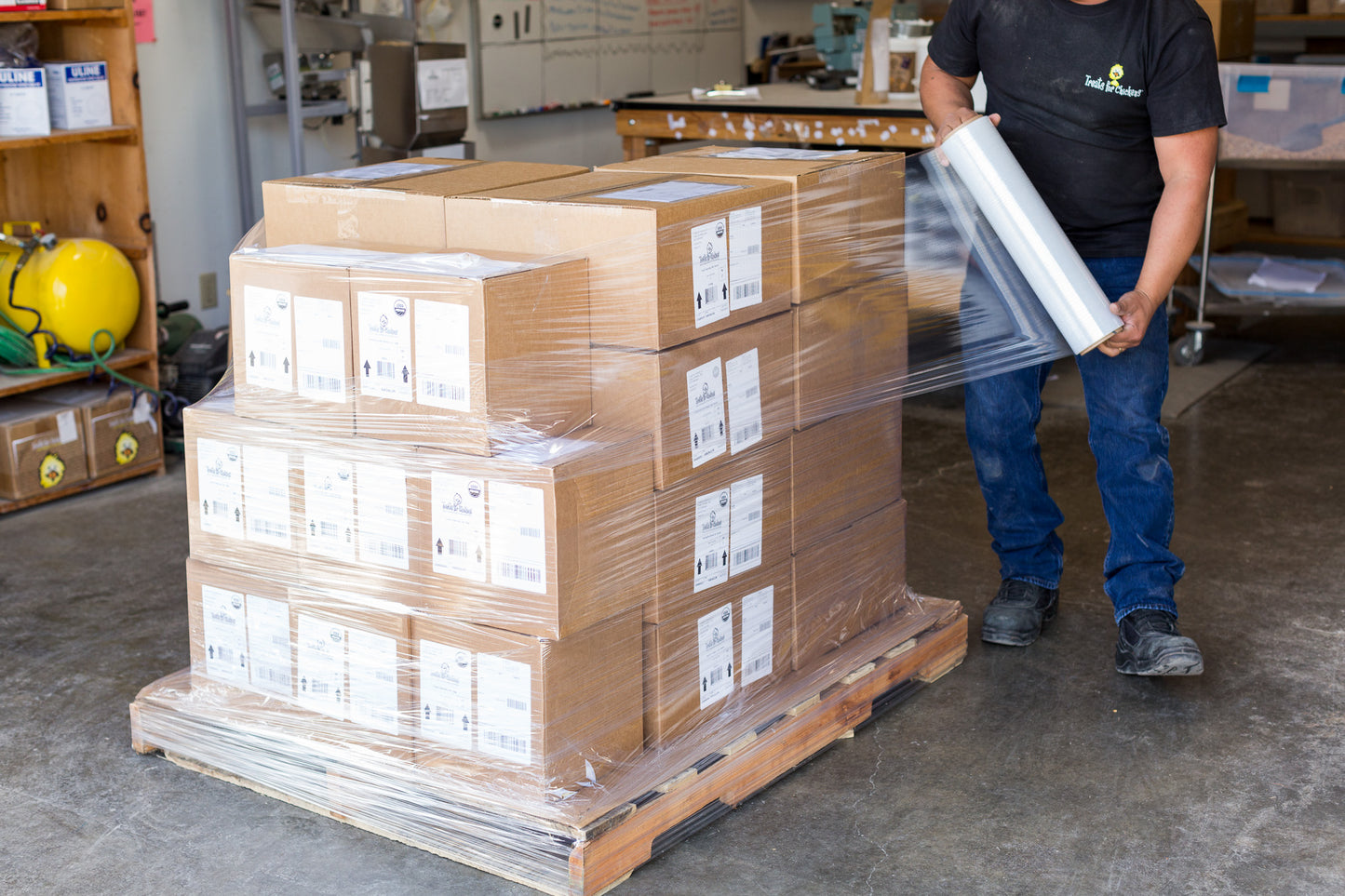
Look no further for your "Chicken Encyclopedia". Treats for Chickens has made this easy-to-view and understand list of the most commonly used chicken terms. With fun pictures to go along! Terms listed are P-Z
Pasting or "Pasty Butt": Manure sticking to the rear end of a young chick.
Can be fatal!
Remove manure with a cotton ball dipped in warm water or a wash cloth dipped in warm water.
And add 1 teaspoon of baking soda per gallon of water (only need to add it one time) and it keeps the pasties from coming back!

- Photo: Hen Cam
Pecking Order: The order and social ranking of a group of chickens. Often there will be "standoffs" between hens as they figure out who deserves to be head of the flock.
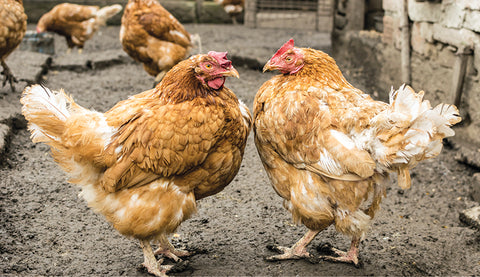
- Photo: Hobby Farms
Pellets: Pellets are feed that is formed from a fine mash bonded together. Cluck Yea is an organic treat that includes nutritional pellets with egg-enhancing benefits.
Point of Lay: A young hen/pullet about 18-20 weeks old is the approximate age at which the hen could start laying.
Notable signs to look for involve your hen's face - in the photos below this is the exact same hen. In the top photo she is only about 4 mos old and her comb is a very pale pink and she doesn't have any wattles yet.
In the bottom photo she is 5.5 mos old and her comb is taller and more red, her face has started to turn red, and she now has wattles that are also turning red.
These are indications that she is maturing and will be ready to lay very soon!

- Photos: H Laibach
Predators: Depending on where you live, you can have all kinds of predators that could prey on your chickens.
The more rural you are, the more types of predators you'll need to be concerned about.
Raccoon's are clever and ravenous and appear right in suburban neighborhoods as do skunks, opossums, dogs, and cats.
As you get more rural you'll also need to worry about snakes, hawks, owls, weasels, coyotes & wolves, and even bears.

- Photos: Morning Chores
Primary Feathers: The first ten feathers on the wing starting at the tip.
- Photo: Scratch Cradle
Perch: A pole or dowel or 2x4 with wide side up, that chickens sleep on at night.
Also called a roost.
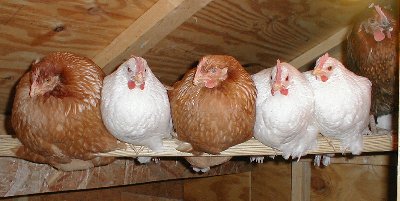
Photo: Morning Chores
Plumage: The feathering of a chicken as a whole. The many different types of chicken breeds have all kinds of different styles and colors of plumage!

Photos: Star Milling
Pubic Bones: The two bones sticking out from either side just below the vent.
Pullet: A female chicken less than one year old.
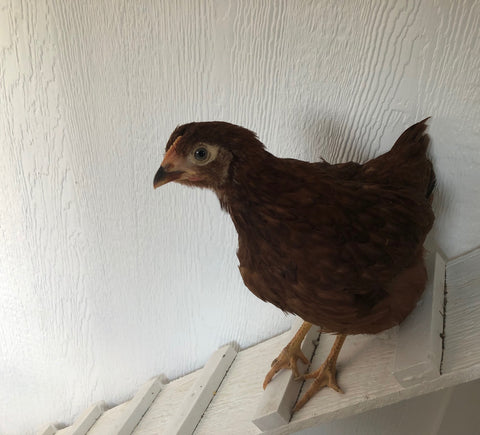
- Photo: H Laibach
Roost: A pole or dowel or 2x4 with wide side up, that chickens sleep on at night.

- Photo: Morning Chores
Rooster: A male chicken a year or more old. Also referred to as a Cock.
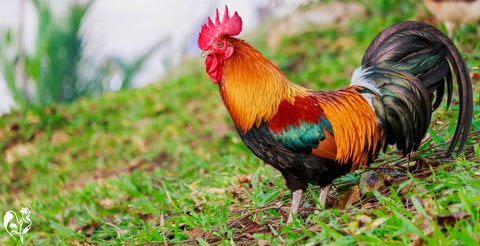
Photo: Raising Happy Chickens
Run: A chicken's outdoor area, usually attached to their coop.
It should be fenced to keep chickens in and predators out.
If you let the flock free-roam during the day, always be sure they are back in the coop and close the coop door before nightfall.

- Photo: My Pet Chicken
Scales: The thick tissue covering the toes and legs, slightly resembles the look of lizard scales.
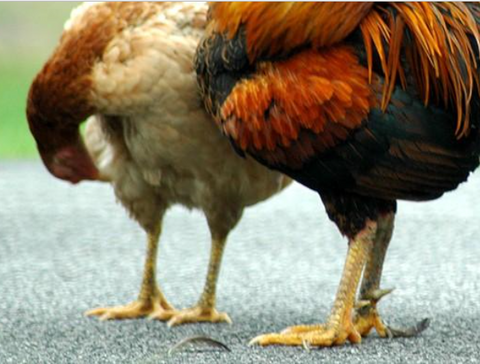
Photo: Backyard Chicken Coops
Scratch: Whole or cracked grain fed to chickens. Should only be given as treats since it can be fattening.
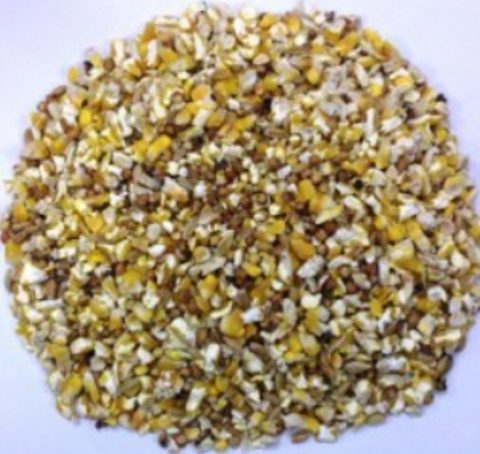
- Photo: Ranch Way
Setting: The incubation of eggs in the nest by a sitting hen.
-
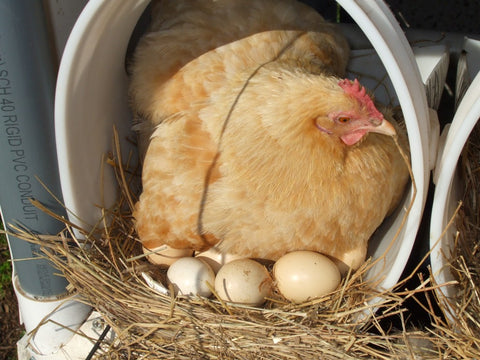
- Photo: Lewis Family Farm
Sexed: Chicks that have been professionally sorted by sex.
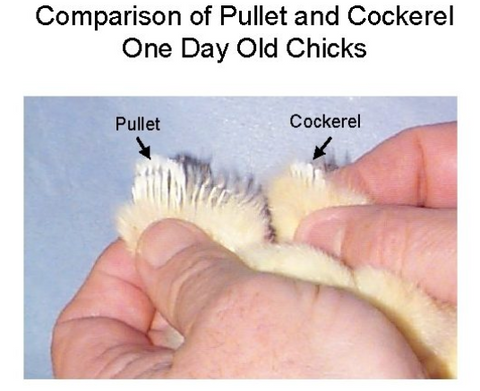
- Photo: Backyard Chickens
Shank: The lower leg of a chicken that connects to their foot/toes.
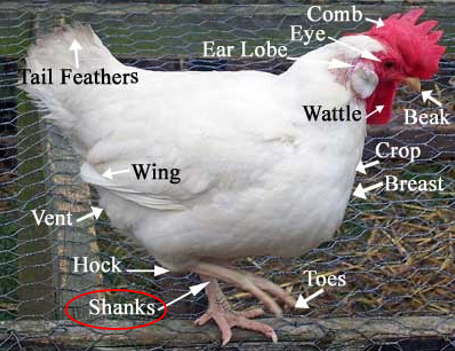
- Photo: Livestocking
Spur: The sharp bony points on the back of a rooster's shanks. Used by roosters for fighting and protection.

- Photo: Community Chickens
Straight Run: Chicks that have not been professionally sexed. Bantams are commonly sold Straight Run due to the difficulty of sexing the tiny chicks.
-
Photo: (Backyard Chickens)
Vent: The opening at the rear of a chicken where the digestive, urinary and reproductive tracts end. Also known as the Cloaca.
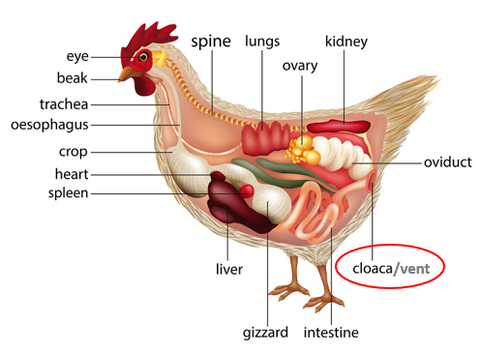
- Photo: The Happy Chicken Coop
Wattles: The fleshy colored appendages hanging from either side of the lower beak. Blood flow in the comb and the wattles helps regulate the chicken’s temperature. If you live where you have harsh winters, for chickens with long wattles it's recommended that you lightly apply petroleum jelly (Vaseline) to protect it from frostbite.

- Photo: City Girl Farming
That's it! You've reached the end of our Chicken Encyclopedia.
Hope you enjoyed it, and learned a lil' something too.
Our list contains just the most commonly used terms, however we are constantly adding to it.
If you have a suggestion of a chicken term you would like to see be added, please don't hesitate to reach out! We love your feedback.
Comment below and let us know!
